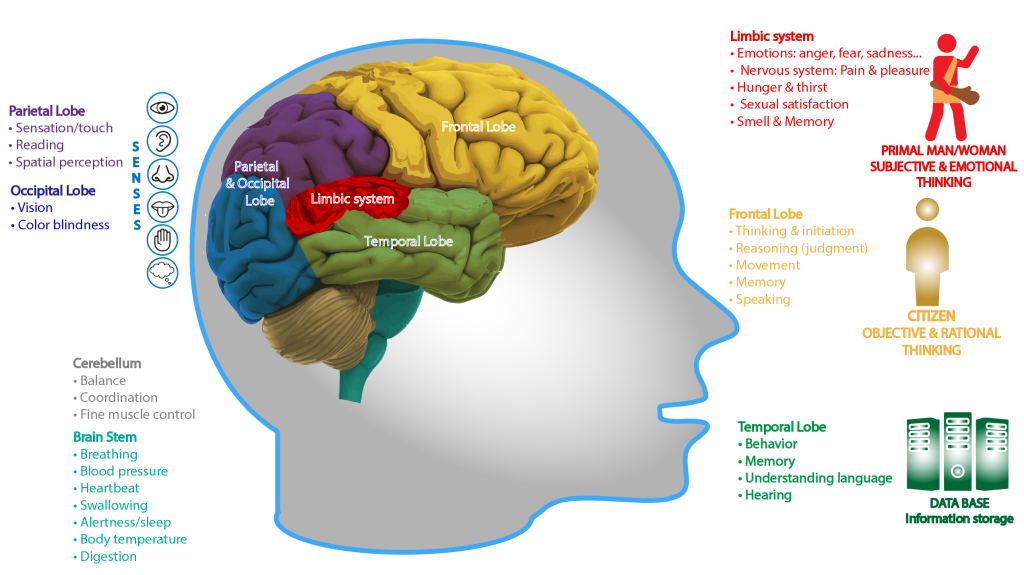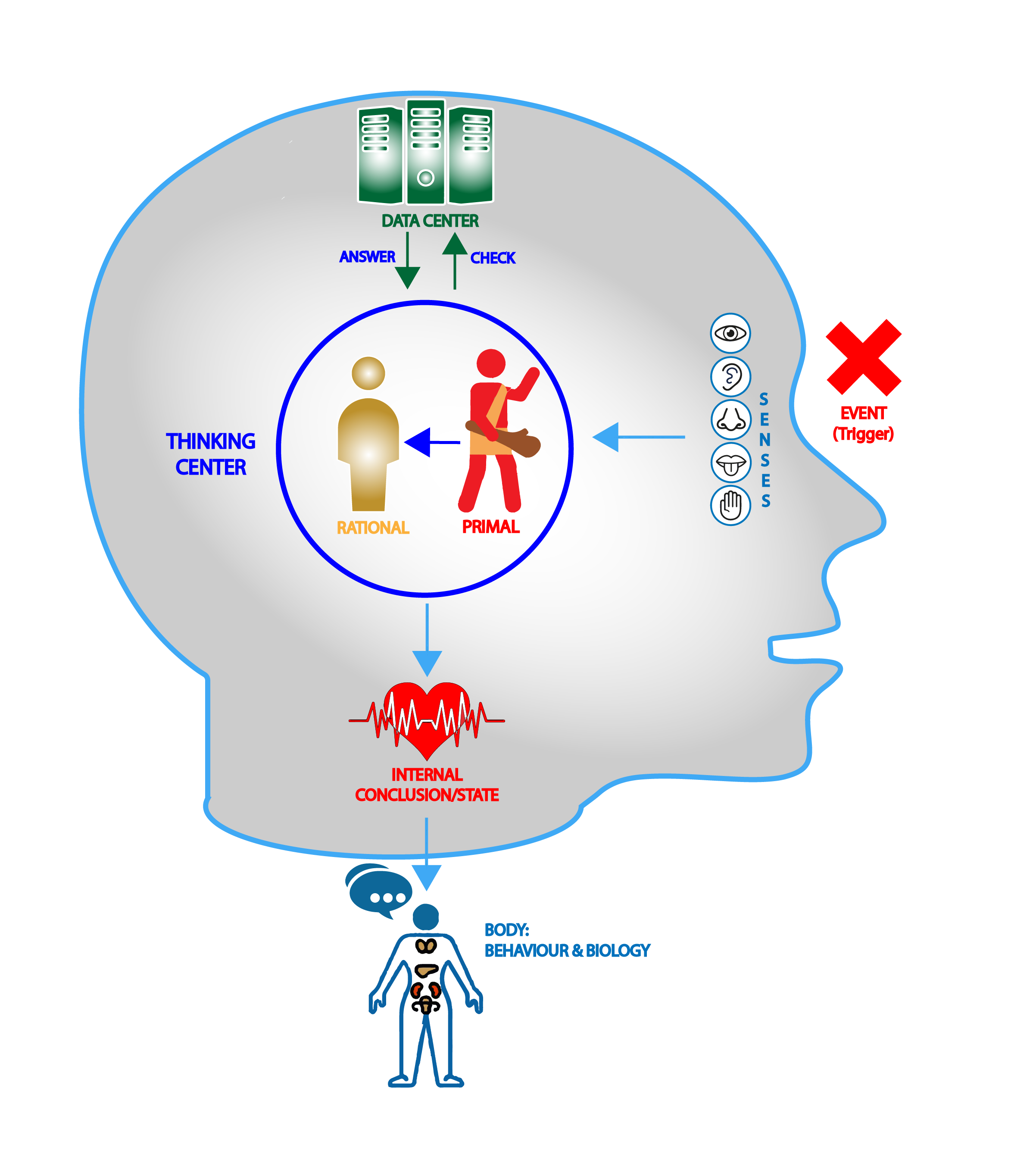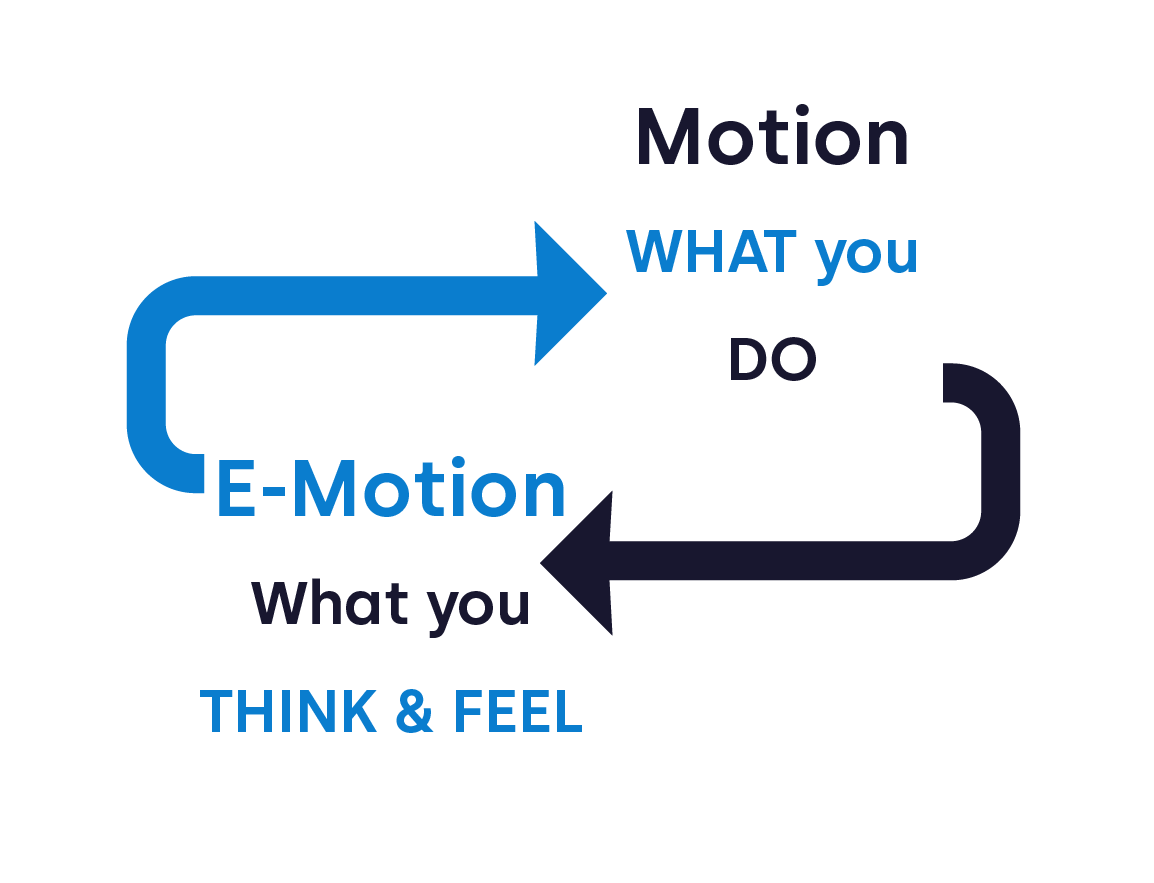Your SENSES – What will you get from this article?
Is this FOR you?
By the end of this article, you will have :
☑️ Increased your understanding of your brain
☑️ Raised further your self-awareness
Is this like YOU?
� Have you ever said, “Sounds good or … I am not feeling it or … it makes sense”? Have you ever said this without knowing why you are using such statements?
� Have you ever noticed something and others haven’t? Or the opposite: how others notice something and you don’t? Would you like to know where this is coming from?
What will you learn?
You will learn about your “SENSES” specifically:
– What it is
– What it does for you
Reminder – Why learn this?
With this knowledge, you would be in an improved position to improve your self-awareness, this would pave the way to:
✔ Gear yourself toward the impact & results that you want
✔ Increase your well-being & self-confidence
✔ Manage any unwanted thoughts or behaviour stemming from your PRIMAL mind (Emotional brain)
E-motion brings motion !
Recap previous articles – Your brain architecture

(Simplified version)

As highlighted in this article, SENSES are a KEY part of your brain architecture, you can read it to understand what you are made of.
Your SENSES represent your parietal lobe and occipital lobe.
Specifically, the parietal lobe is in charge of sensation/touch, reading and spatial perception. The occipital lobe is another of your sensing functions. Specifically, it is in charge of vision and colour blindness.
Your SENSES work in combination with your other brain functions:
– The limbic system, is the hub of your emotions, to ease your understanding, we refer to it as your PRIMAL MIND.
– The frontal lobe is your reasoning function, we refer to it as your RATIONAL MIND.
– The temporal lobe is your memory function, we refer to it as your DATABASE.
Your SENSES: External & internal senses
Your senses are divided by your:
– External senses
– Internal senses

External senses: from outside to inside your mind
This is your ability to take information through your 5 senses, from the outside world to your inside mind.
In the outside world, there are about 5 million bits of information available per second, this is all that is available for you to:
- See: Colours, lights…
- Hear: Sounds, noises…
- Feel: Body sensations, anything touching with skin…
- Smell: Fragrance, odours…
- Taste: Liquids, hard materials…
External senses take information from the OUTSIDE world to INSIDE your mind via what you see, hear, smell, taste, and touch.
Internal senses: inside your mind to outside
This is how you express information, from your inside mind to the outside world, via the sensory verbs & expressions related to your SENSES.
Examples
- Visual:
– That looks so good
– That’s a bright idea,
– I can’t be more clear … - Audio:
– That sounds good
– Give me a buzz
– This is a bit off-key … - Kinaesthetic:
– I have a bad feeling about this
– I am trusting my gut
– This doesn’t feel right …
People with such statements are literally processing the information via their SENSES & externalising with such sensory verbs & expressions.
⚠️ Note: Data EXPORT preferences & internal senses
There is an overlap between the two.
As listed in this article, Data EXPORT preferences are HOW you project information back to the world: introvert vs extrovert, big picture vs detailed approach, thinker or feeler, planner or flexible …
While internal senses are the sensory verbs & expressions you use with your SENSES.
Internal senses are how you express information via the sensory verbs & expressions related to your SENSES.
Conscious & unconscious information
Also, the information will be taken consciously and unconsciously:
- Conscious: You are aware of the information and you can recall it.
Examples: What you can see, hear…
- Unconscious: You are NOT aware of the information that you are taking in unless you pay conscious attention to it.
Examples:
– The sensation of your weight on your feet
– The air going through your lungs
– The feeling of your pulse…
Our brain perception limit: the DELETE effect
As per this article, we have limits on our ability to perceive information, which results in various phenomena of unintentional blindness.
Out of the 5 million bits of information that are around us, our brain is capable of taking only a portion of it.
If you could imagine your brain as a computer, it would DELETE data. This unconscious process of not selecting information is called “DELETE”.

This means that your brain is not capable of absorbing ALL the available information. The human mind by default skips information.
The unconscious process of DELETION occurs every day and all the time.
Examples of DELETION with film watching and book reading:
The DELETION occurs when watching a film or reading a book, you most likely have missed some elements. On the second watch or read, that additional information “becomes apparent”, this was your mind DELETING information on the first watch or read.
The human mind default PERCEPTION is to skip information: the DELETE process
Enjoyed this article & curious to take it to the next level?
Realise that this article is an extract from the fundamentals of the Calm & Stress Management, Social Intelligence & Emotional Intelligence workshops.
These workshops are transformative blends of relaxation, mind management & communication tools & techniques.
Designed to release your best, these workshops will deliver you the methods to :
✔ Become more relaxed & reduce your stress
✔ Be in charge of your emotions & increase your well-being
✔ Develop your leadership & influence
→ For any questions about these workshops, you can schedule your FREE discovery call to find out more.
Up until next time, go learn & go RELEASE YOUR BEST !!!














